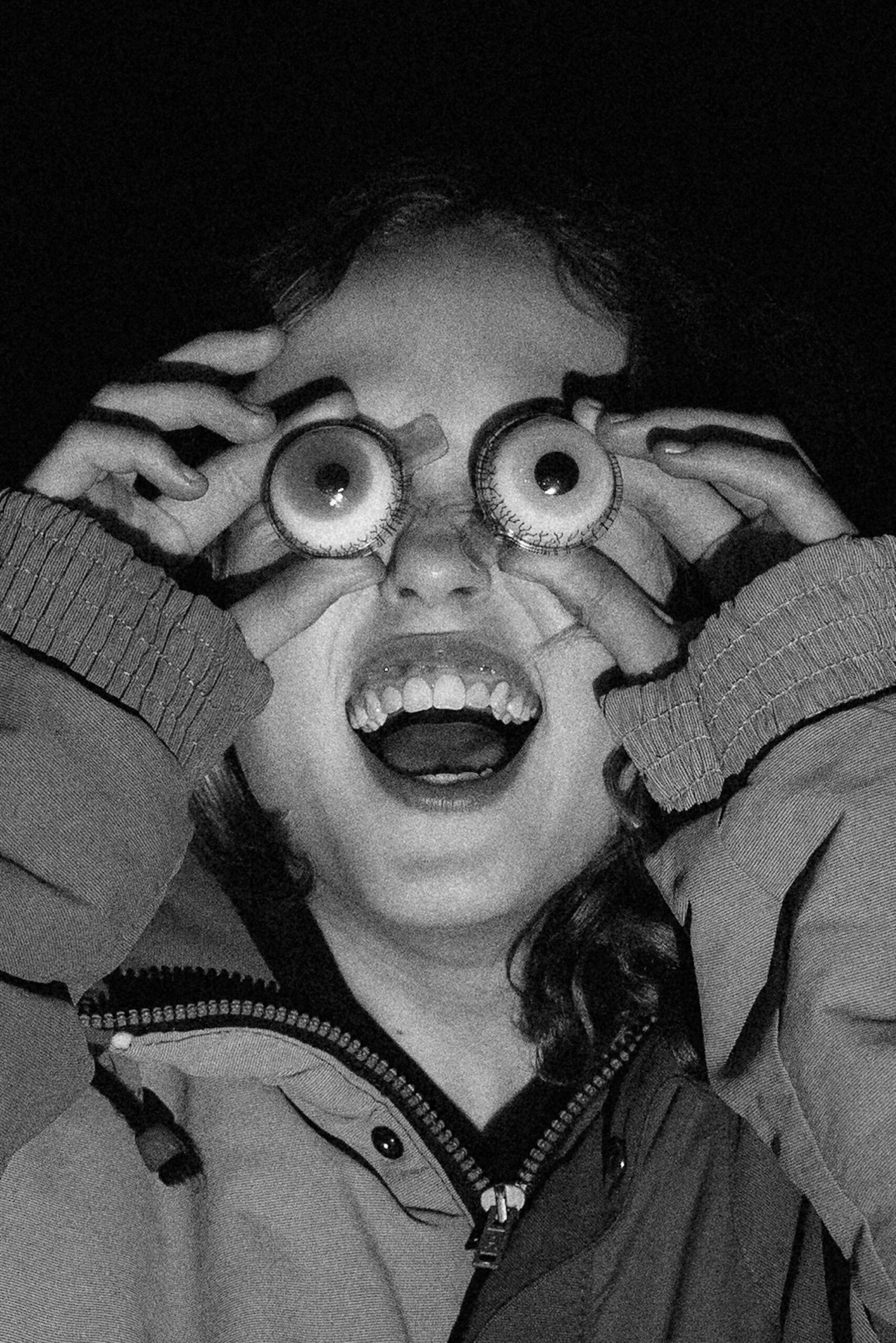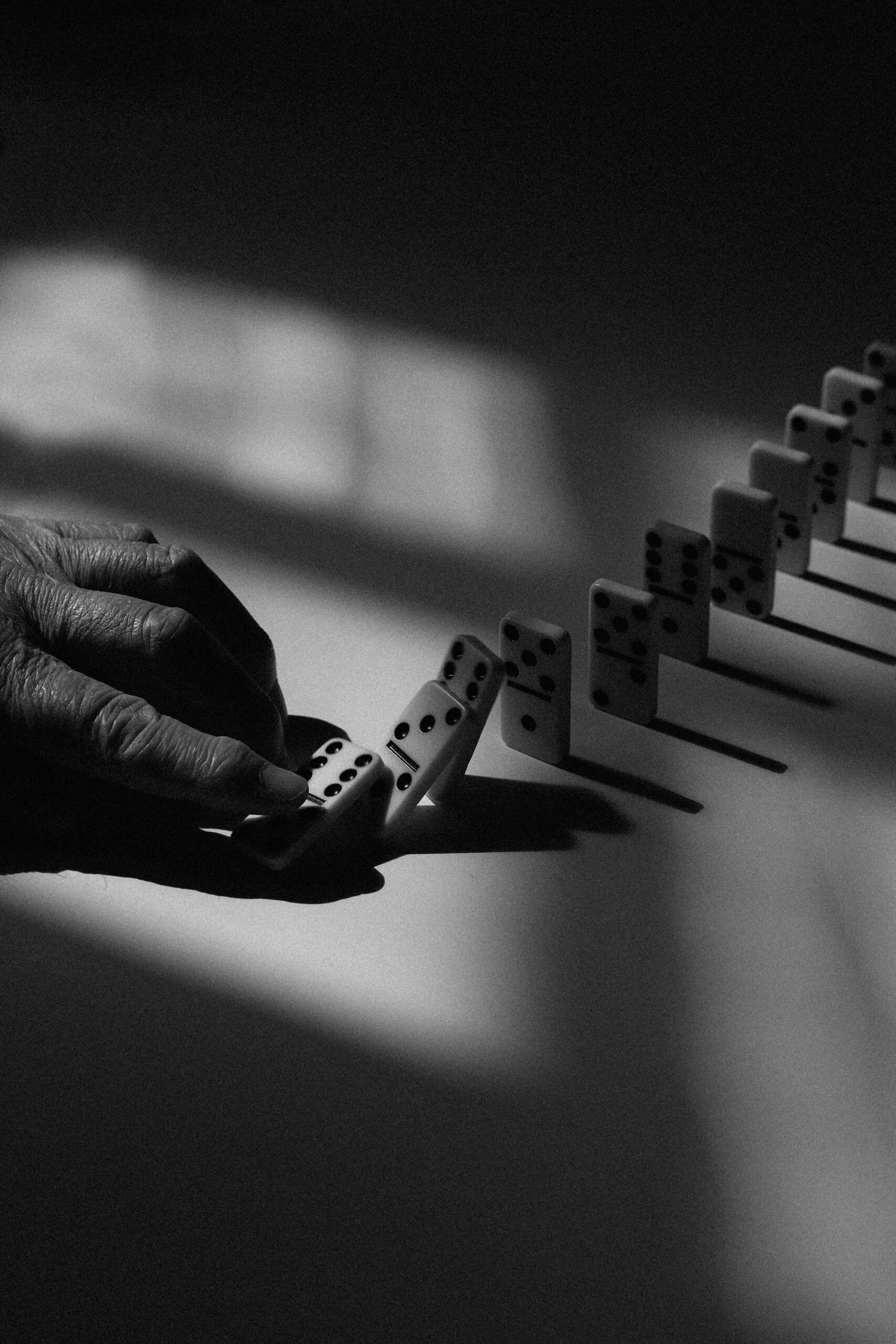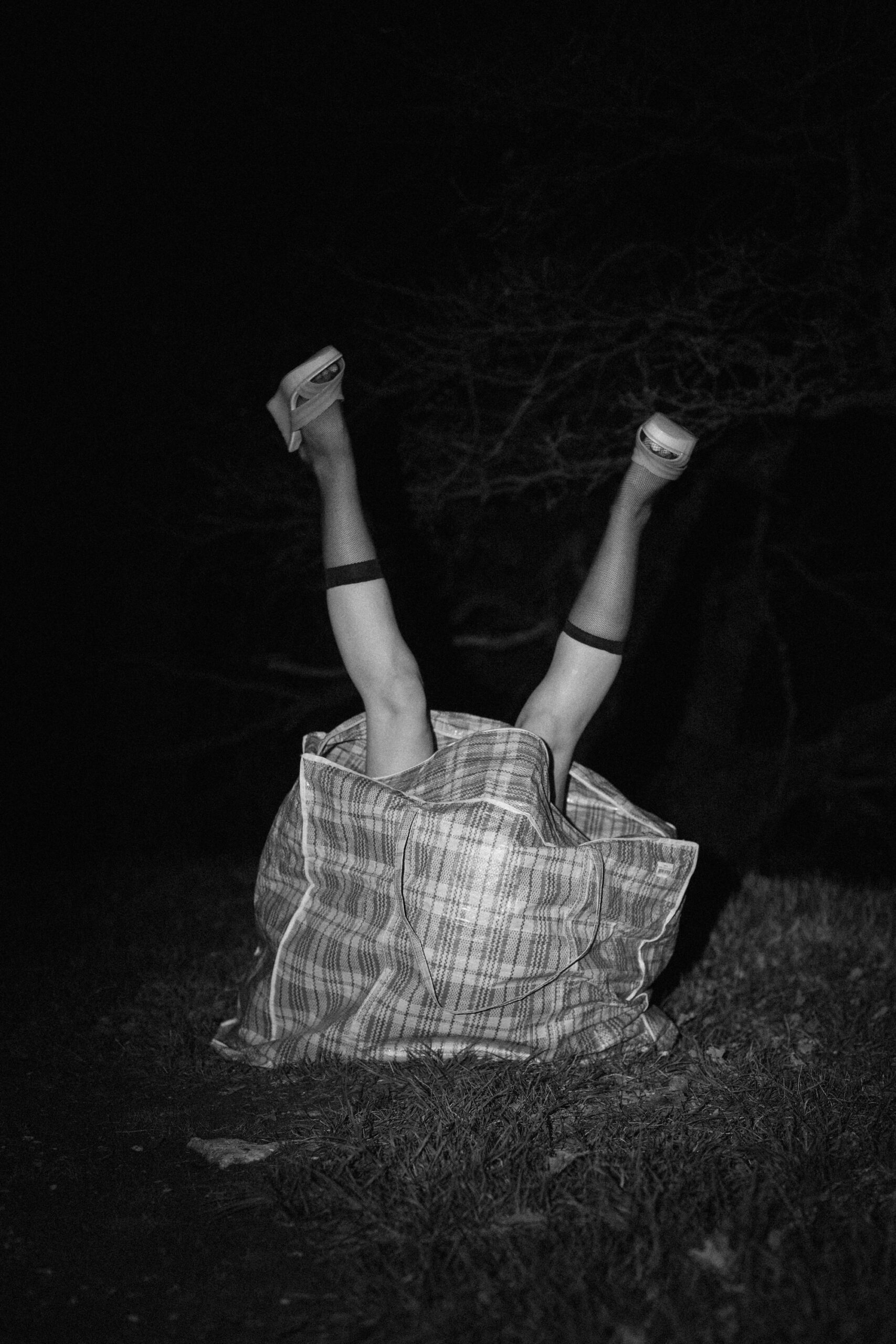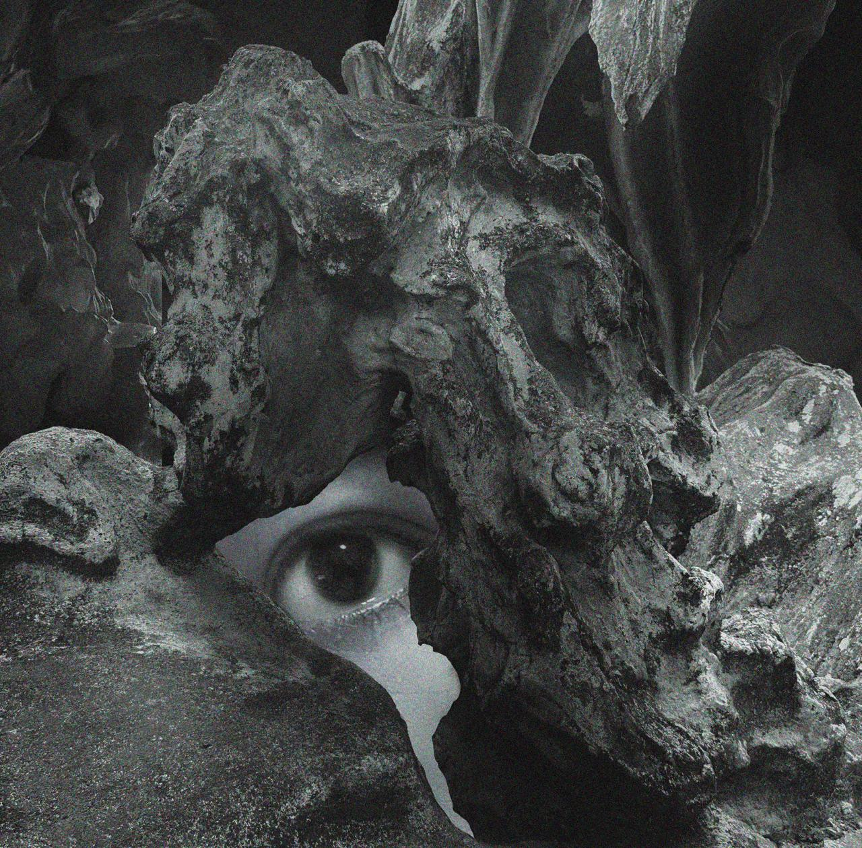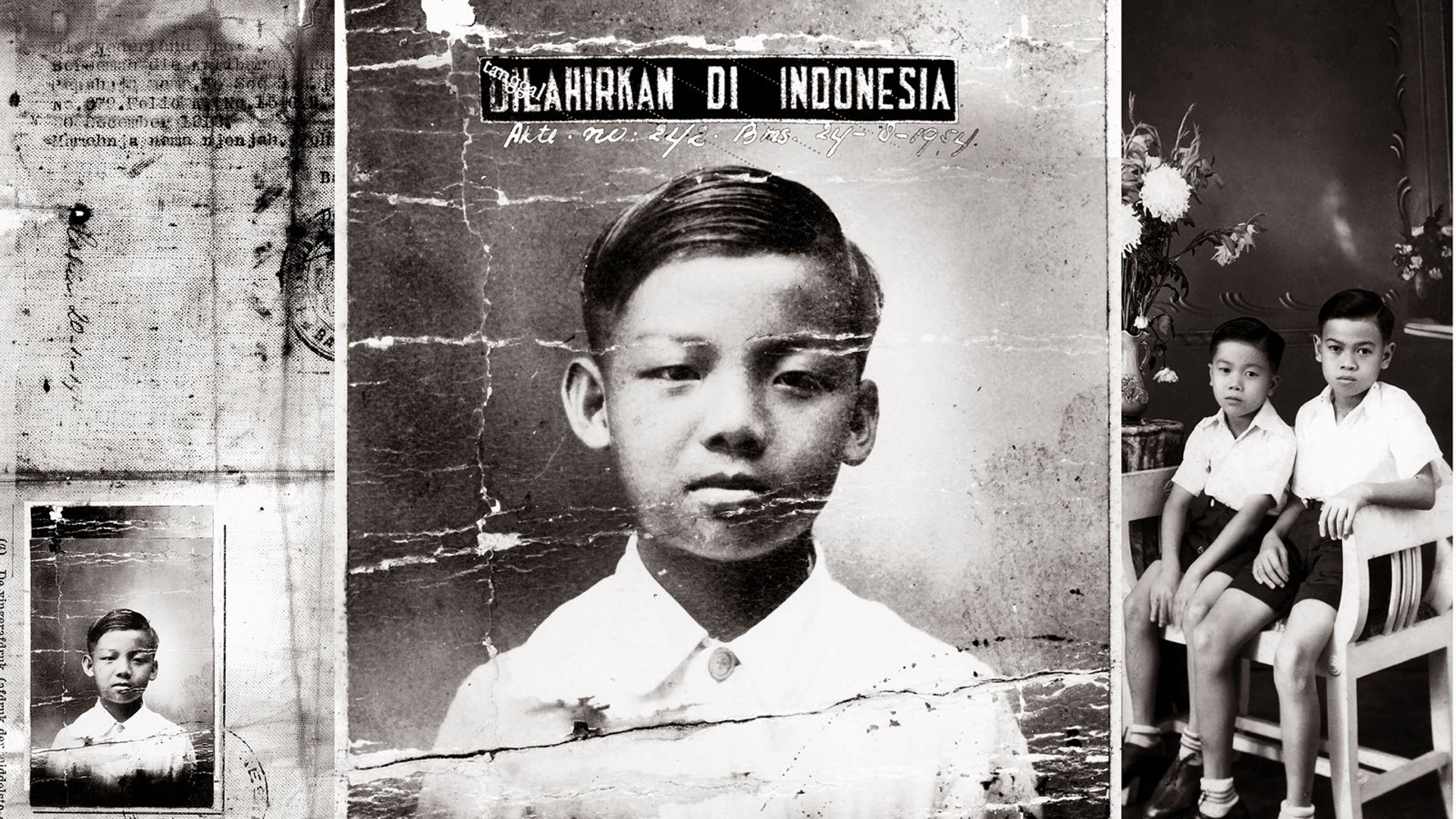On February 24, 2022, my homeland started the full-scale invasion of Ukraine. To understand where the roots of such aggression stem from, I delve into the first decade of modern Russian history, which began in 1991 after the collapse of the USSR. This period is known as the “wild nineties.”
In the work, I am guided by my associations. These are fear, threat, destruction, dead end, and the domination of the strong over the weak. Crime was everyone’s concern — no one could feel safe either on the street or at home. Gunfights between warring gangs, where anyone could become an accidental victim, or a drug addict stretched out in the stairwell and tripped over by a child returning from school, were part of everyday life. Television reinforced our fears, showing series about gangsters nonstop. This year I turn 30, but I’m still afraid to be out on the street at night and flinch when someone rings the doorbell.
Many families were affected by hopelessness and poverty: Soviet enterprises were closing down, and thousands of engineers and scientists became unemployed. To survive, associate professors and doctors of science started selling goods at street markets or became shuttle traders — they traveled to Poland and Turkey to buy some mass market crap and then resell it to their fellow citizens. The labels, though, usually read “Abibas”, not “Adidas.” As a rule, selling spots were divided between various gangs, which provided a “roof,” i.e. protection. They demanded a payoff for the “roof,” which sometimes exceeded the profit.
Since the beginning of the war, I have not been in Russia and have been working on the project in France. I cannot give a specific and reasoned answer to the question of what events exactly built up the modern political regime. But I can introduce the viewer to my experience of living in that era and my attitude to it today so that everyone can come to their conclusions.



